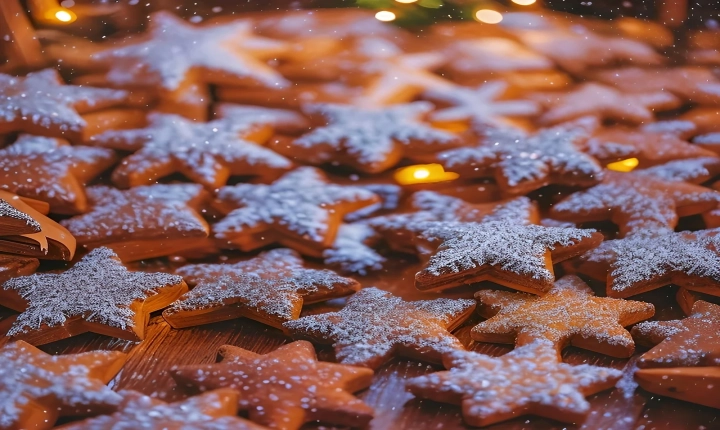In an age where advancements in artificial intelligence (AI) and machine learning have become increasingly sophisticated, it has become more challenging to distinguish between real and AI-generated photos. With the proliferation of apps and software that can create incredibly realistic images, it is important to be able to determine the authenticity of a photo.
Here are some key factors to consider when trying to determine whether a photo is AI-generated:
1. Artifacts and inconsistencies: One of the telltale signs of an AI-generated image is the presence of artifacts or inconsistencies that may not occur in a real photo. Look closely for any unusual patterns, pixelation, or blending issues, especially around the edges of objects or people in the image. AI-generated images often have subtle imperfections that can give away their artificial nature.
2. Unusual or impossible scenes: AI is capable of creating images of scenes and objects that may not exist in reality. If a photo depicts something unusual or impossible – such as a mythical creature or a fantastical landscape – it may be a strong indicator that it was generated by AI.
3. Identical or eerily similar images: Another indicator of AI-generated photos is when multiple images appear to be nearly identical, with minor variations. This could be a result of using AI algorithms to generate similar but not identical images.
4. Reverse image search: One of the simplest ways to determine the authenticity of a photo is to perform a reverse image search using tools like Google Images or TinEye. If the image appears in multiple contexts or under different names, it could be an indication that it is AI-generated or digitally manipulated.
5. Metadata analysis: Examining the metadata of an image can provide valuable insights into its origin and authenticity. Look for information about the camera used, date and time of capture, and any editing software used. AI-generated images may have minimal or altered metadata, which can raise suspicions about their authenticity.
6. Context and source: Consider the context in which the photo is being presented and the source from which it originated. If the photo comes from an unreliable or unverified source, it may be prudent to be skeptical about its authenticity. Additionally, the lack of corroborating evidence or independent verification can raise doubts about the credibility of the image.
7. Expert opinion: When in doubt, seek the opinion of experts in the field of photography, AI, or digital image forensics. Professionals with experience in analyzing and authenticating images can provide valuable insights and help determine whether a photo is AI-generated or real.
In conclusion, as AI continues to advance, it is becoming increasingly challenging to discern AI-generated photos from real ones. By paying attention to details such as artifacts, context, metadata, and seeking expert opinions, individuals can better equip themselves to identify AI-generated images. As technology continues to evolve, staying informed and vigilant is key in navigating the digital landscape.
Remember, while AI-generated photos can be incredibly convincing, there are still often subtle clues that can give away their artificial nature.
